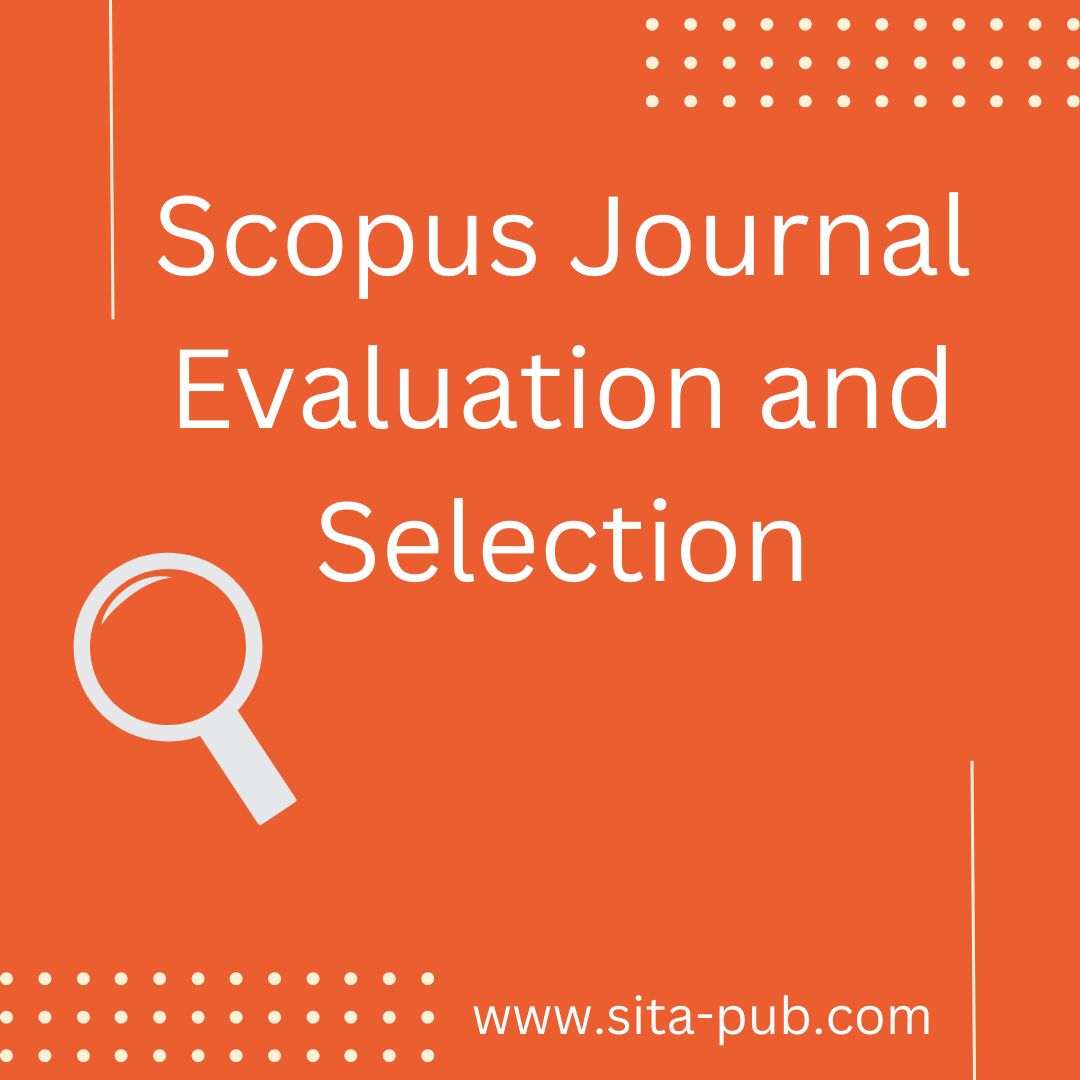Scopus Journal Evaluation and Selection


For researchers, publishing in Scopus-indexed journals holds immense significance. Scopus is the largest abstract and citation database of peer-reviewed literature, covering over 23,000 titles across many disciplines. Having your work published in a Scopus-indexed journal ensures broader visibility and dissemination carries significant weight in academic evaluation, tenure and promotion processes, and funding decisions. Using Scopus' comprehensive coverage and robust citation data can help you increase the impact and recognition of your research contributions in the global scholarly community.

When choosing a journal to publish your research, assessing its quality and prestige is crucial. Scopus, the largest abstract and citation database, offers valuable metrics to guide your decision.
The CiteScore measures the average number of citations received per document published in a journal, indicating its impact within its field. The SNIP (Source-Normalized Impact per Paper) adjusts CiteScore to account for citation patterns across disciplines, enabling more accurate cross-field comparisons.

The SJR (SCImago Journal Rank) is a metric that goes beyond simply counting citations to assess a journal's overall influence and prestige within the academic community. It considers the number of citations a journal receives and the prestige of the citing journals. It means that journals that are cited by highly-regarded and influential publications will have a higher SJR score.
The SJR is often used to categorize journals into quartiles (Q1, Q2, Q3, Q4). These quartiles represent the top 25% (Q1), the next 25% (Q2), and so on, based on the SJR score.
Q1 Journals are considered the most prestigious and influential in their respective fields. They are typically characterized by high impact factors, rigorous peer-review processes, and a strong reputation for publishing high-quality research.
Q2, Q3, and Q4 Journals represent progressively lower levels of prestige and influence. While still valuable publications, they may have lower impact factors, less rigorous peer-review processes, or a smaller readership.

When choosing a journal for publication, understanding the SJR and its quartile ranking can provide valuable insights into a journal's reputation and influence within the academic community. However, it is crucial to remember that SJR is just one metric among many that should be considered. Other factors, such as journal scope, editorial board expertise, and publication timeliness, should also be considered.
Examine the scope, aims, and topic areas of potential journals to ensure that they are a good fit for your research paper. It increases the chances of your work being viewed as relevant and impactful.
Look at main Scopus metrics like CiteScore and SJR to gauge the relative prestige and impact of the journal. Higher metric scores generally indicate more selective and influential publications.
Research the overall reputation and standing of the journal within your academic field. Seek out journals with a track record of publishing high-quality, influential research.
Thoroughly read the journal's author instructions to ensure you can fully comply with formatting, length, and other requirements. This preparation can streamline the submission process.
Confirm that the journal is indexed in Scopus and other relevant databases like Web of Science, PubMed, etc. That ensures maximum discoverability and citation opportunities for your work.

Are you struggling to get your research published in high-quality, Scopus-indexed journals?
The expert team at SITA Academy is here to help. Our comprehensive publication support services are designed to maximize your chances of acceptance in the most prestigious journals. From journal recommendation and formatting to post-publication promotion, we guide you through every step of the process. Our deep understanding of Scopus metrics and journal assessment criteria ensures we can help you identify the ideal publication outlets for your work. Let us leverage our industry connections and expertise to navigate the complex scholarly publishing landscape on your behalf. Unlock the recognition and career advancement opportunities that come with Scopus-indexed publications.
If you have any questions, inquiries, or would like to learn more about our services, please don't hesitate to reach out to us. Our dedicated team is ready to assist you.